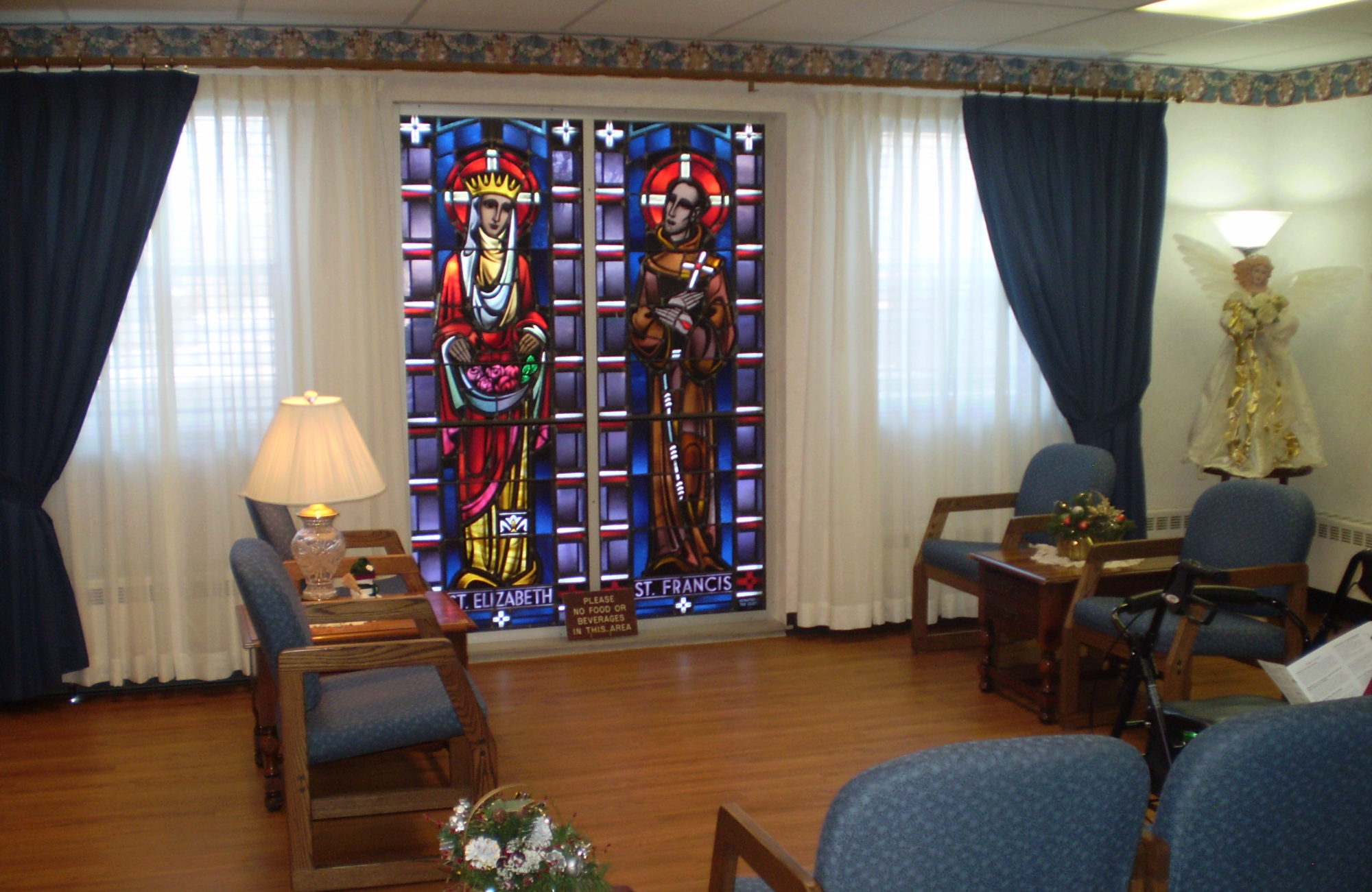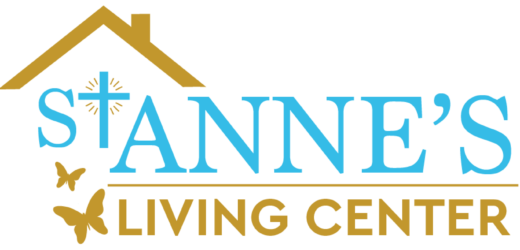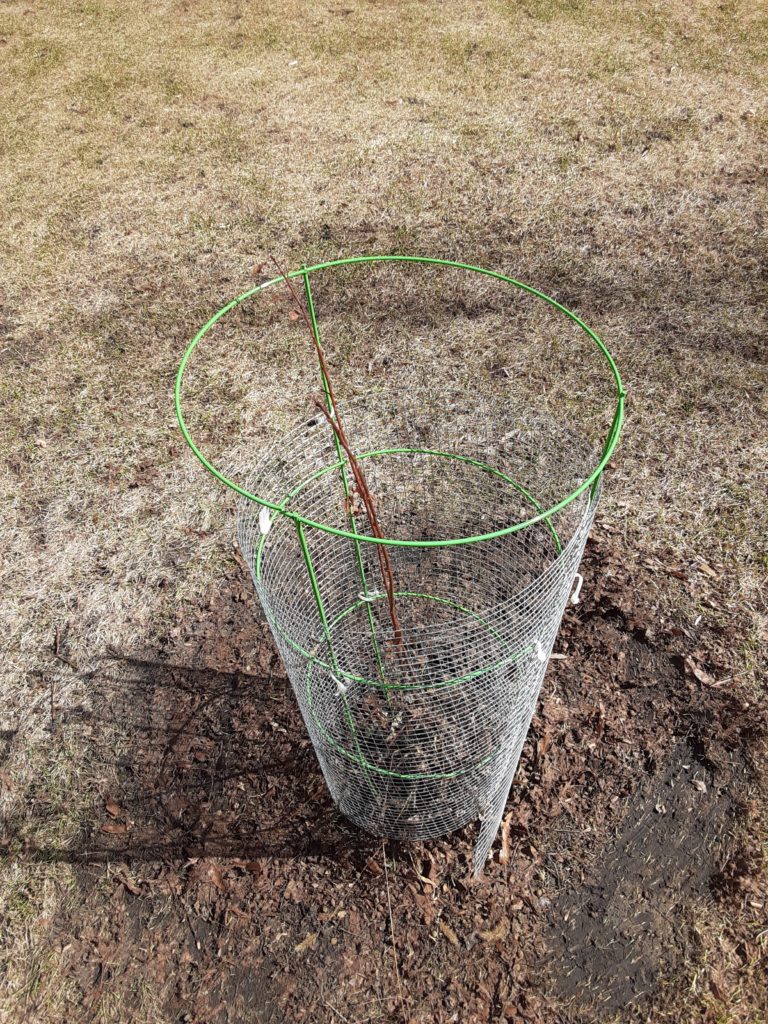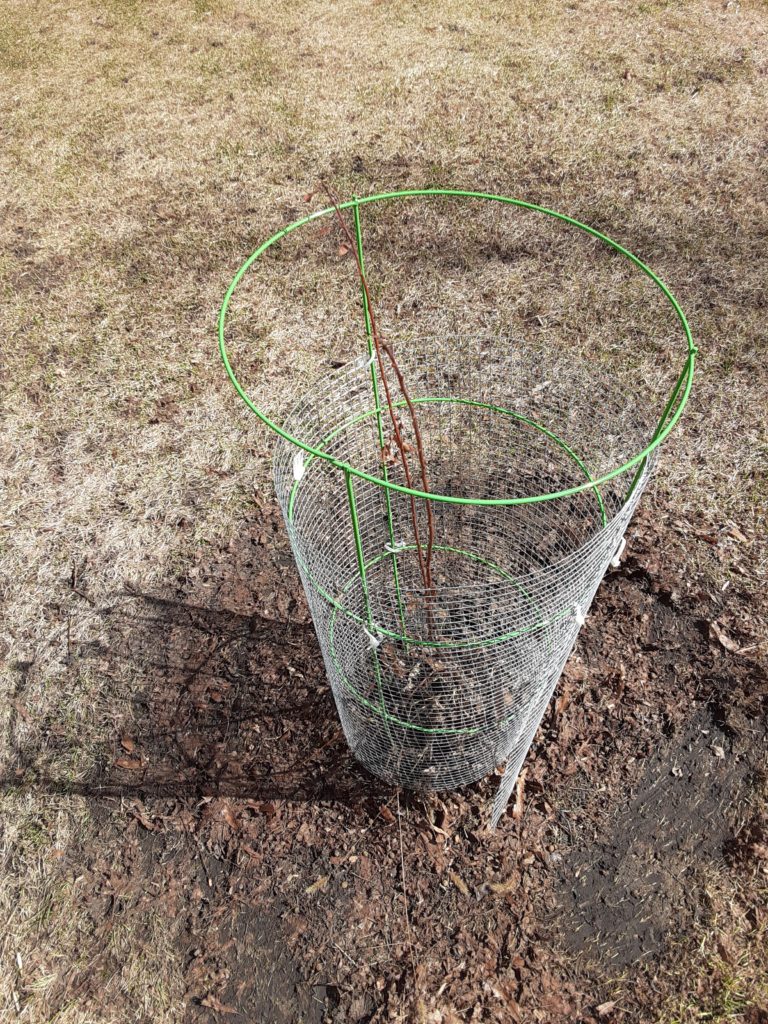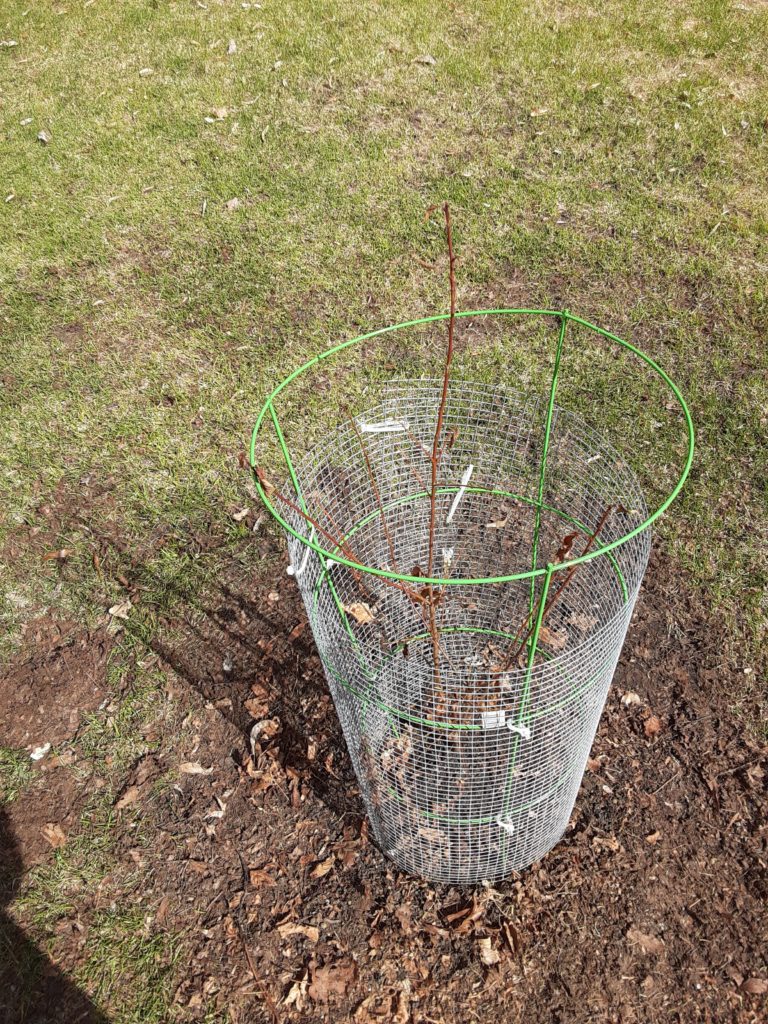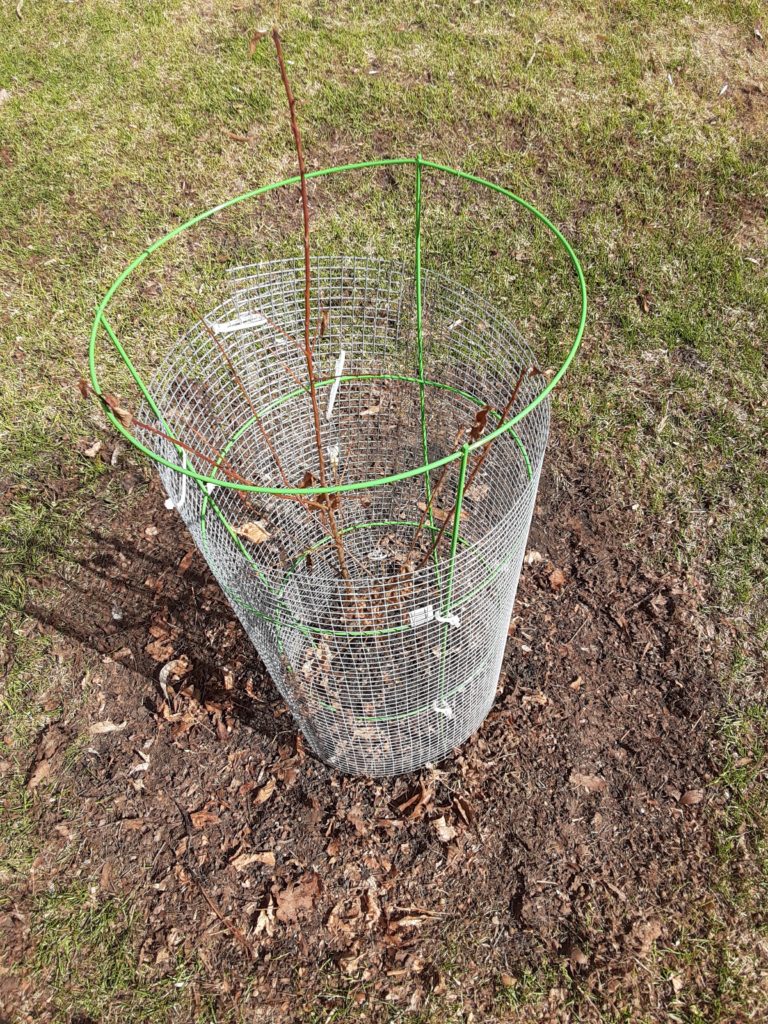The terminology used in the world of long-term care can be rather confusing to the average person. In this week’s blog, I would like to help clarify what different terms, such as basic care, assisted living, and independent living actually mean.
According to LongTermCare.gov’s glossary, assisted living is an “arrangement that provides individualized personal care, assistance with Activities of Daily Living*, help with medications, and services such as laundry and housekeeping.” Assisted living “provides or coordinates individualized support services to accommodate the individual’s needs and abilities to maintain as much independence as possible,” according to the North Dakota Long Term Care Association (NDLTCA). Assisted living facilities may also provide healthcare that is not as intensive as that offered in a skilled nursing facility. Also, according to the above-mentioned glossary, “assisted living facilities allow people to remain relatively independent.”
*Activities of Daily Living (ADL) include: Bathing, Dressing, Transferring (to/from a bed or chair), Eating, Caring for incontinence
Another classification is independent living, which, according to UMH’s Assisted Independent Living Blog, benefits people “who can still live independently but enjoy having access to assistance when needed.” An independent living facility would provide its residents “with convenient access to dining, medical care, entertainment and more [as well as] a safe living environment, but with minimal assistance. Hospitality services, such as housekeeping, meals, and laundry may or may not be included in the monthly rental, but are typically available,” according to UMH.
A basic care facility, on the other hand, According to the NDLTCA, “provides room and board…to individuals…who, because of impaired capacity for independent living, require health, social, or personal care services, but do not require regular twenty-four-hour medical or nursing services.” (We refer to that as “skilled nursing.”)
Nonetheless, in basic care, staff are available 24/7 to meet the basic needs of the residents. North Dakota is actually the only state that offers this classification. Other states use the terms “assisted” or “independent” living. According to Karly Kruckenberg of NDLTCA, “the payments are one of their biggest differences” between basic care and assisted living. What services are included and which are offered at additional cost varies. Also, according to Kruckenberg, “basic care can be seen/advertised ‘as an Alzheimer’s, dementia, or special memory care facility.’ ” This does not necessarily have to be the case, however, as with of St. Anne’s.
At St. Anne’s, we offer basic care as well as low-rent housing efficiency apartments (through the federal government’s HUD program). In basic care, most all services (nursing, meals, etc.) are covered under the residents’ routine care payments. Apartment residents are encouraged to take part in activities with basic care residents (at no additional charge). They are also able to select other services (meals, laundry, housekeeping, etc.) for which they make additional payment.
 (Reprinted from our September Newsletter)
(Reprinted from our September Newsletter)